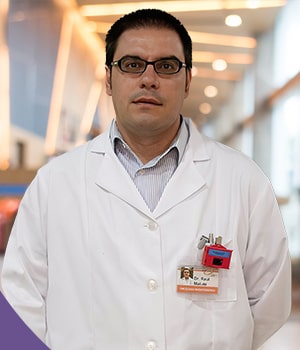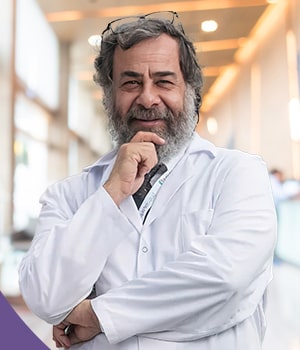The Quirónsalud Proton Therapy Center, opened in 2019 in Madrid, is the first in Spain to offer a new way to treat cancer. The main advantage of proton therapy over radiotherapy is that it does less harm to the body and therefore has fewer side effects. Only 23 proton therapy centres have been built in Europe. 2- 3% of cancer patients are suitable candidates for proton therapy treatment. The Quironsalud centre receives up to 800 patients per year.
The Quirónsalud Proton Therapy Center is a state-of-the-art facility equipped with the most advanced medical technology, where every detail is designed to provide patients with maximum comfort. It is a clinic of innovation and research that improves the treatment outcomes and quality of life of cancer patients.
The centre occupies an area of 2000 m2.
The area is divided into 4 zones: planning and treatment, maintenance and logistics, medical clinics and doctors' offices.
Staff speak 15 languages, including English. Personal translation services are also available.
The doctors who work at the centre have previously practiced at proton therapy centres in the US, Italy and Switzerland.
The Proteus One system, the latest and most advanced device in the field, is used for treatment. It is much safer than previous generations and is able to rotate the patient 220 degrees, irradiating the tumour at different angles. In the future, this system will continue to evolve and the center will have rotational therapy and flash therapy. In addition to the irradiation device, the proton center uses a synchrocyclotron, a device that accelerates protons to the speed needed for therapy. The Quirónsalud Proton Therapy Center uses the most energy efficient and compact accelerator available.
The Quirónsalud Proton Therapy Center is one of the first in Europe to use GE Healthcare's spectral imaging technology to treat cancer. It also uses high-resolution CT to reduce radiation doses and accurately calculate the treatment plan.
Proton therapy concentrates large amounts of radiation directly into the tumor itself and reduces radiation exposure to the healthy tissue around it.
The Quironsalud- GE Healthcare research program focuses on improving the reliability of calculations in the presence of tissue irregularities. In addition, it aims to improve automatic methods for anatomical volume construction and adaptive treatment methods.
How does proton therapy work?
Proton therapy, like radiation therapy, uses an intense beam of concentrated energy that destroys cancer cells. Unlike radiotherapy, which uses X-rays, here doctors use protons. The physical properties of protons differ in that the energy acts differently throughout the beam. Most of the radiation is emitted inside the tumour and does not go further into the body. In comparison, during conventional radiotherapy, the device irradiates all tissues in the path of the beam.
The main advantages of proton therapy:
- reduces the risk of secondary cancer, especially in children;
- reduces the number and severity of side effects;
Proton therapy is 60% more accurate than radiotherapy, and the tumor receives a higher dose of radiation. As a result, proton therapy affects less adjacent tissue, causes fewer side effects, and is faster and safer to treat in children and adults.
The procedure takes 45- 60 minutes, with 75 % of the time spent setting up the device. No hospitalization is required for the therapy and the patient can return to their normal life immediately.
The equipment installed at the Quirónsalud Proton Therapy Centre uses advanced technology. Computer systems help doctors adjust the equipment more precisely, including adapting the beam to the patient's body movements during breathing, which improves the accuracy of treatment.
Proton therapy is not burdened by common side effects such as vomiting and hair loss. Complaints in patients are general weakness, redness and scaling of the skin, dryness or swelling.
Stages of treatment at the Quironsalud Proton Therapy Centre
At the first diagnostic appointments, the medical team sets up the equipment and prepares the patient for treatment. Among other things, they make an individual face mask for people with head and neck tumours, which will have to be worn with each radiation treatment. It fixes the head in the correct position.
On average, a patient will need to undergo 20- 41 sessions of proton therapy. The clinic will have to be visited every day from Monday to Friday and sometimes even on Saturdays. The sessions may be different: for example, on one day the doctor may irradiate the main cancer site and on another day the metastases.
Each week the medical board checks the progress of the treatment and makes the necessary adjustments. At the end of the treatment, the patient receives a detailed report with information about the therapy, recommended follow-up examinations and consultations with doctors.
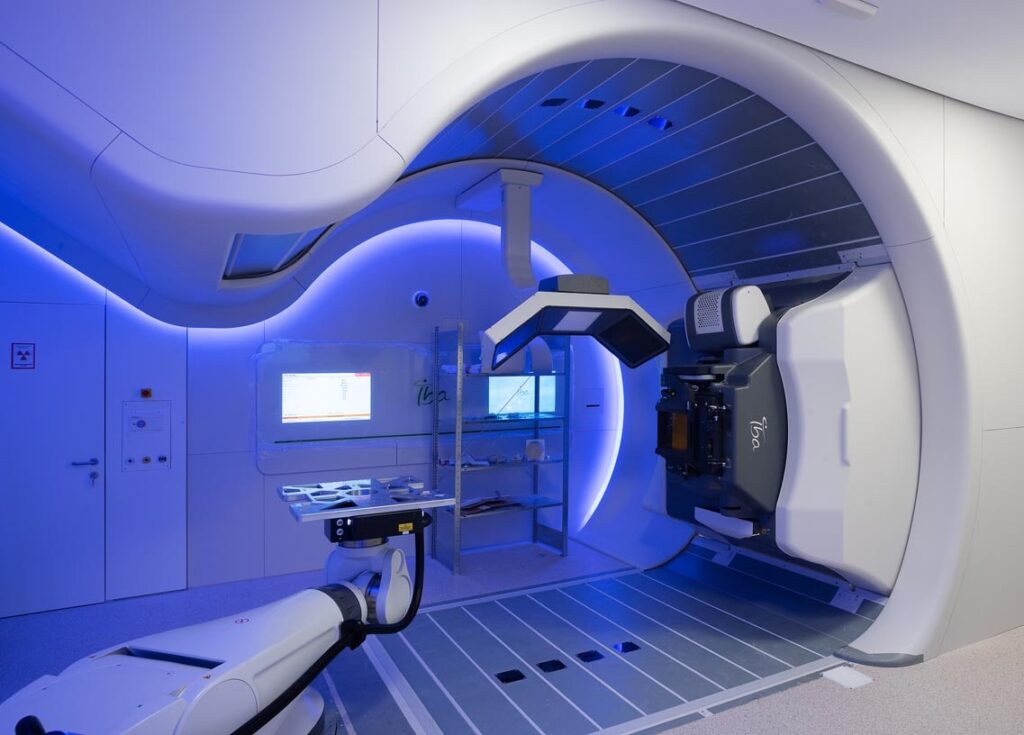
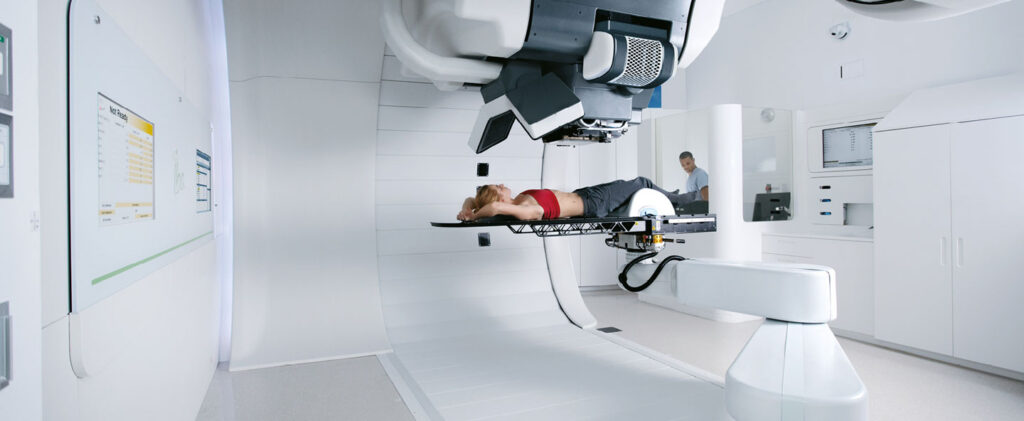

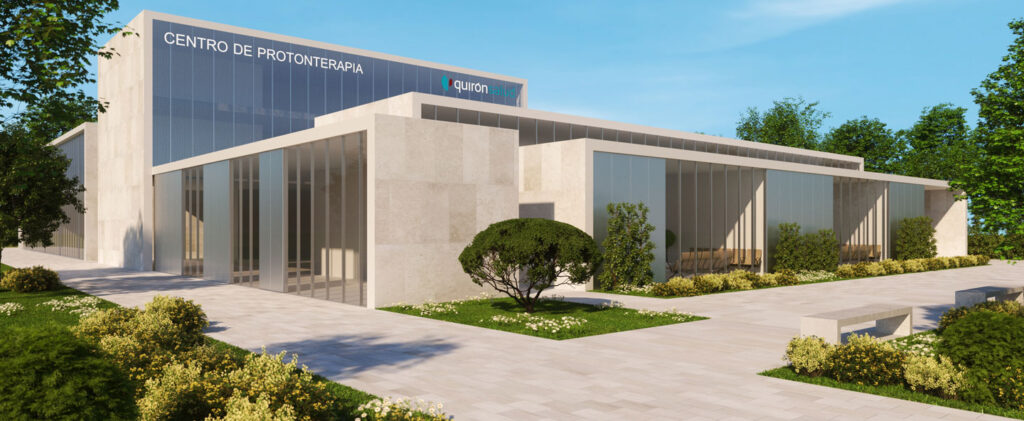
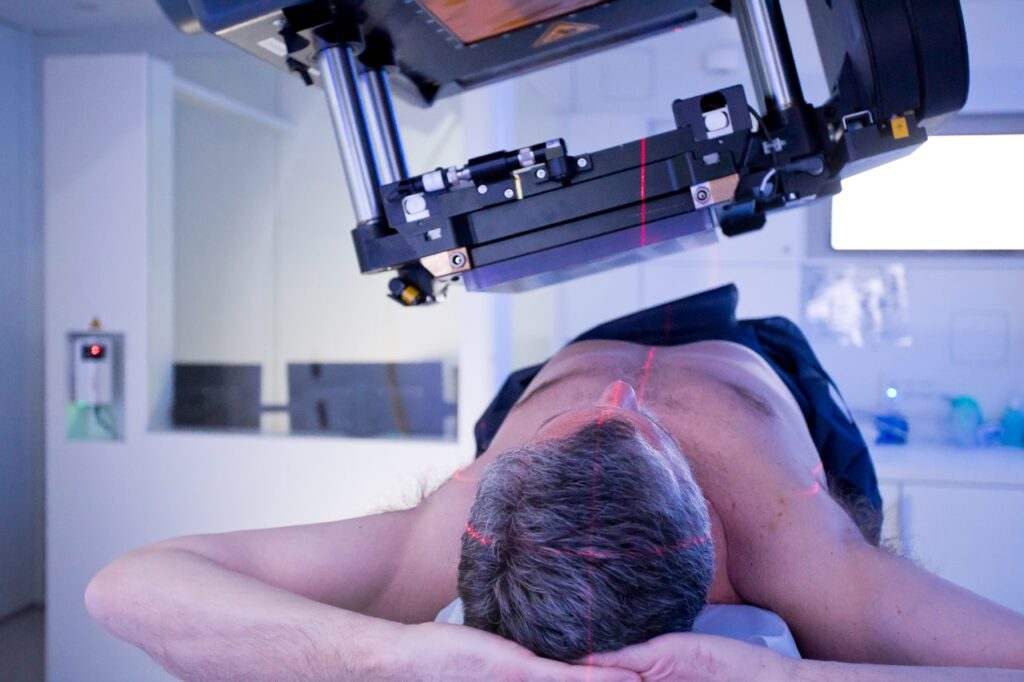
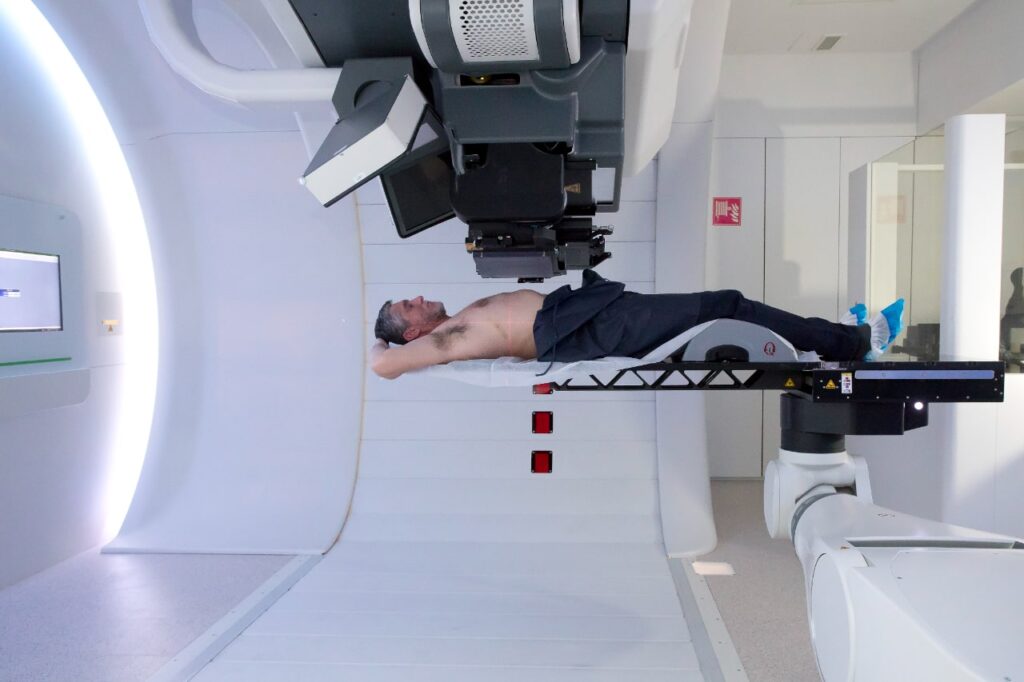
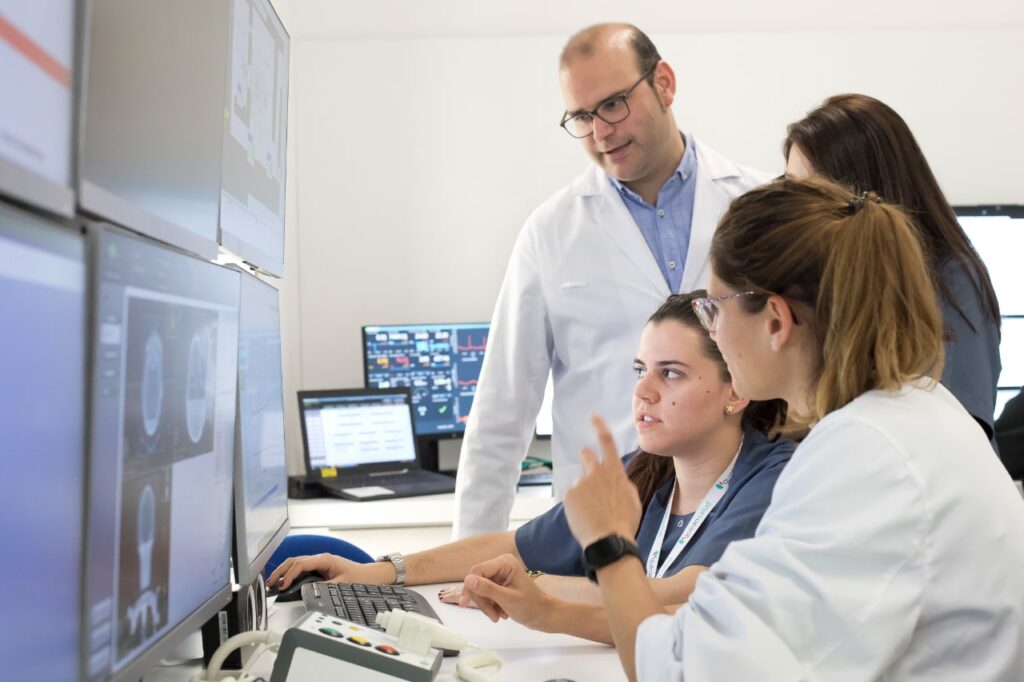
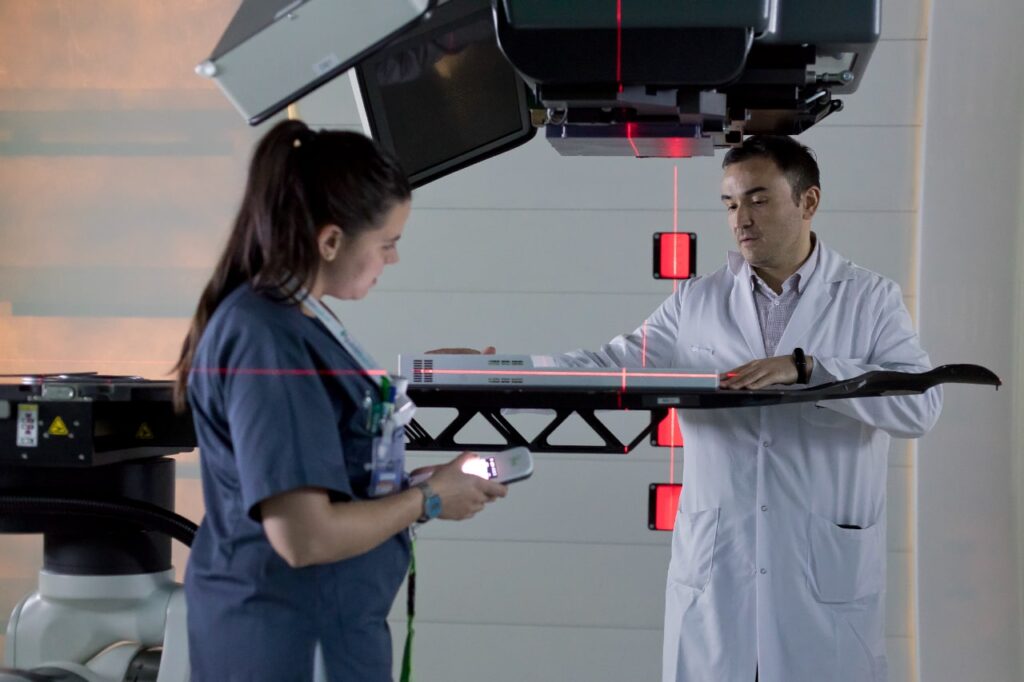
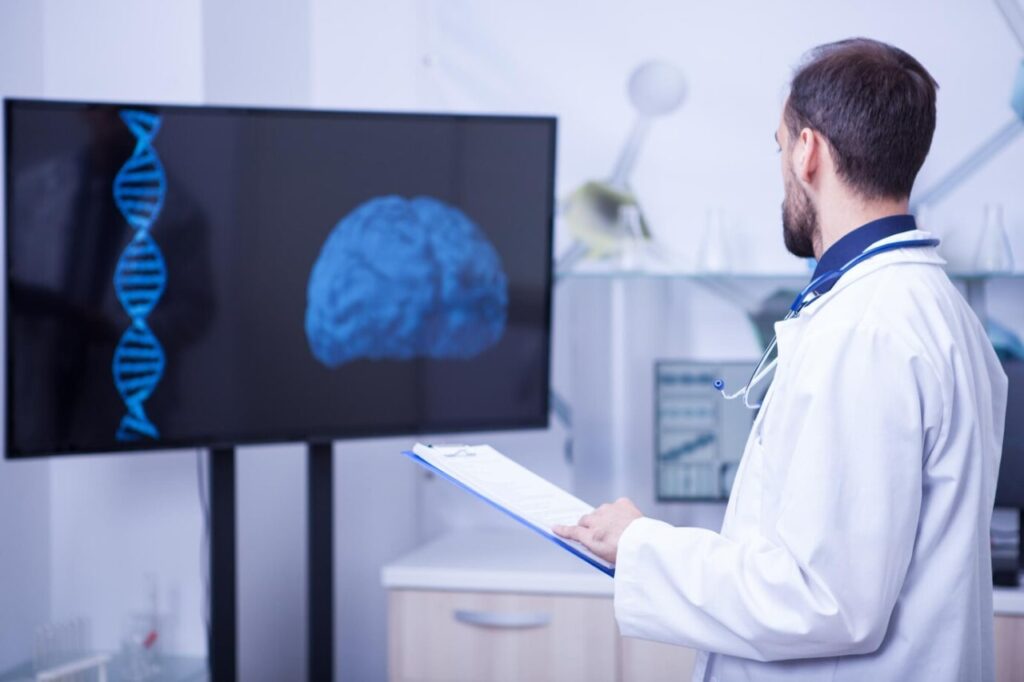
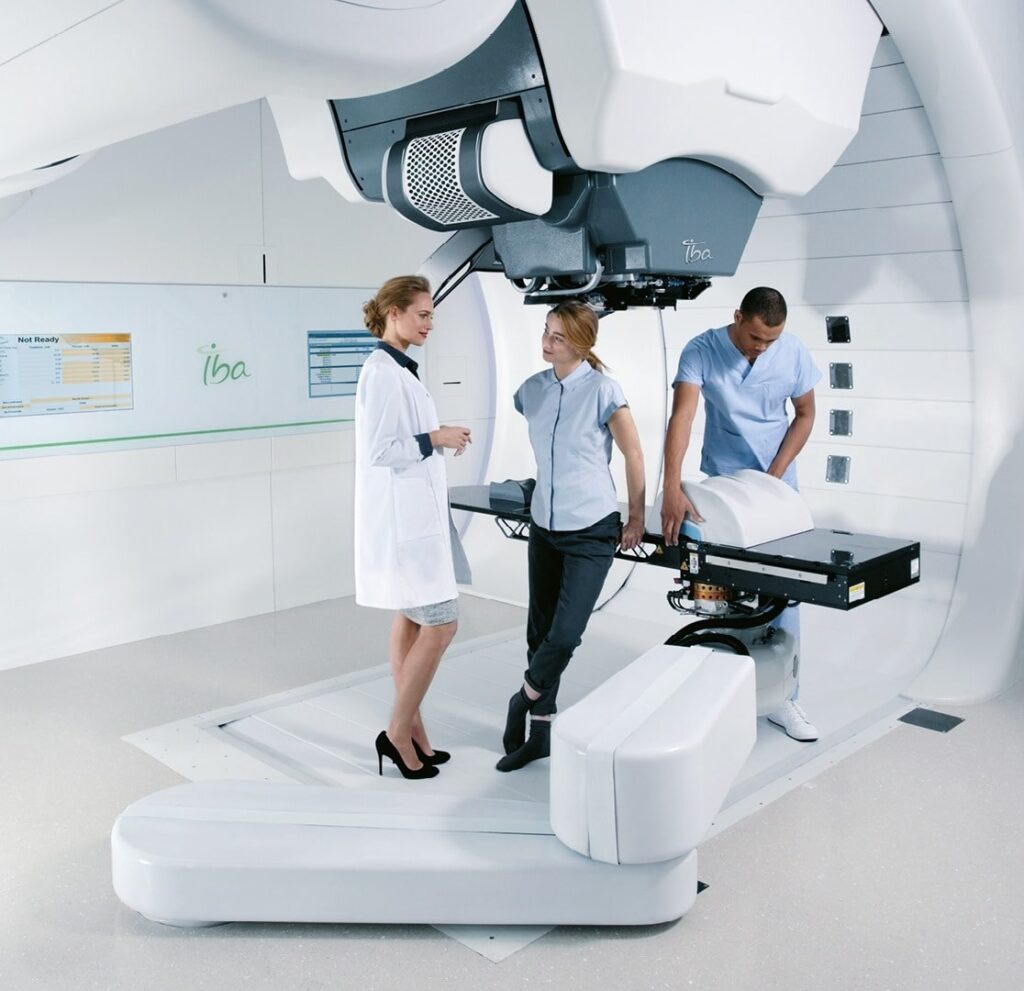
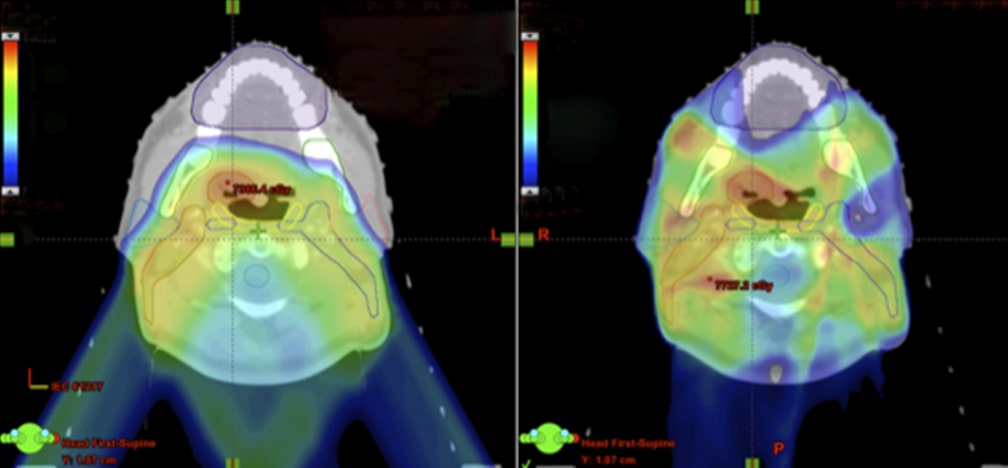
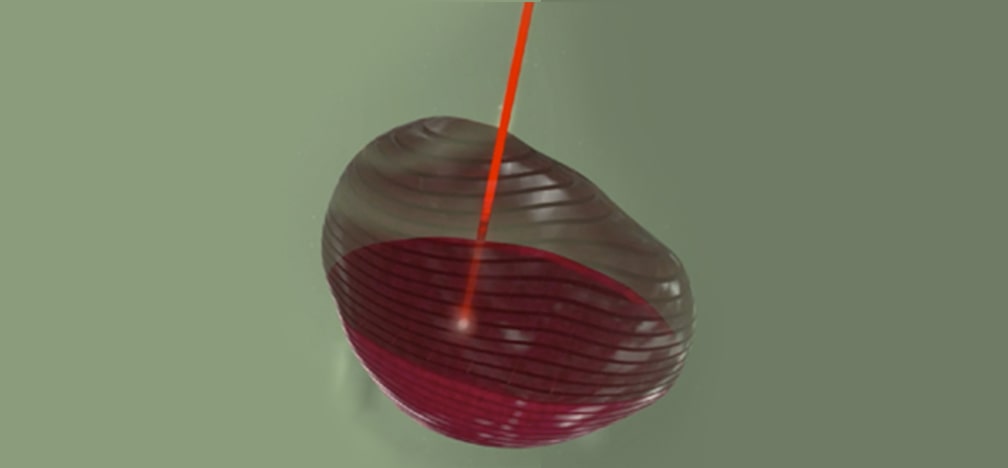
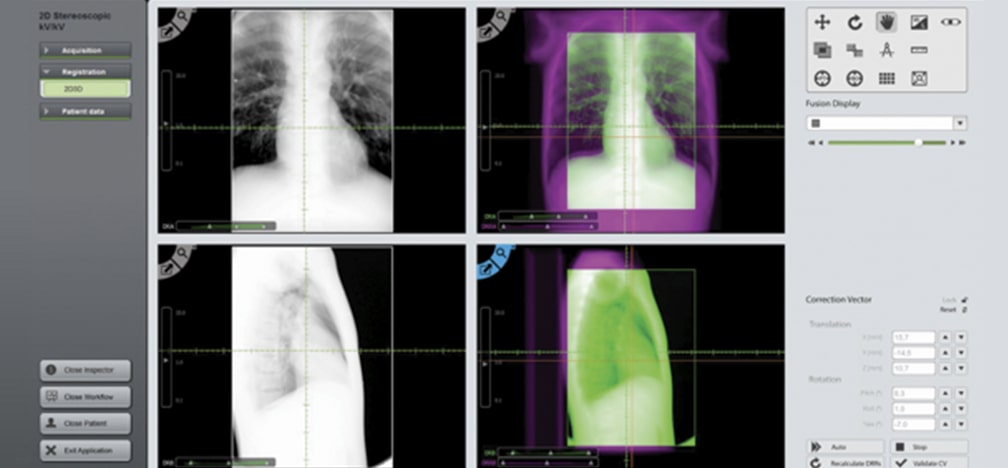
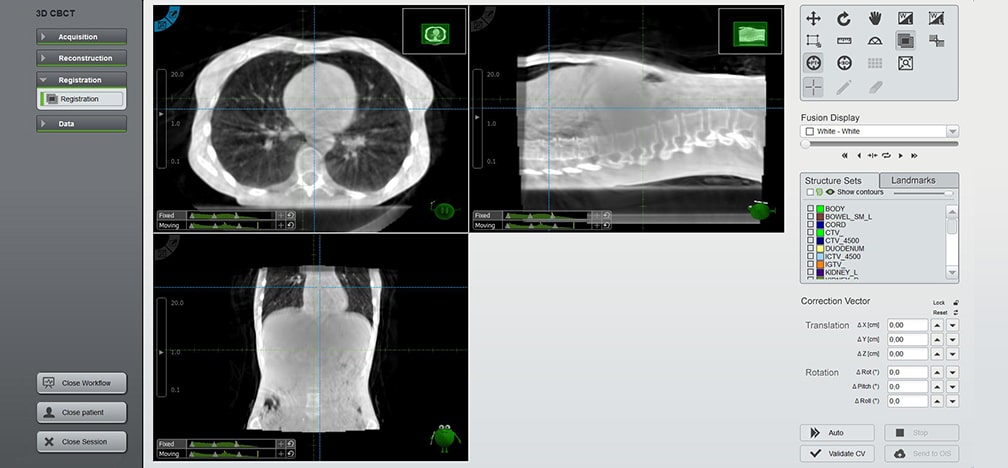
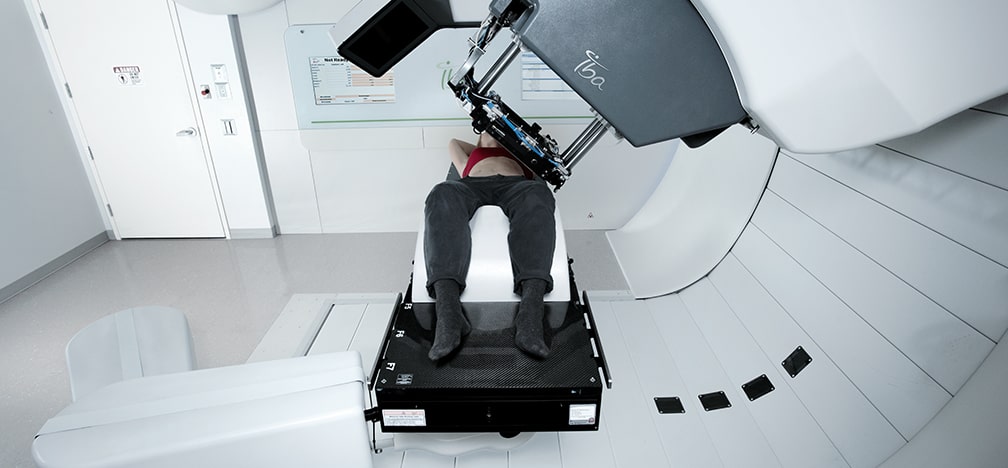
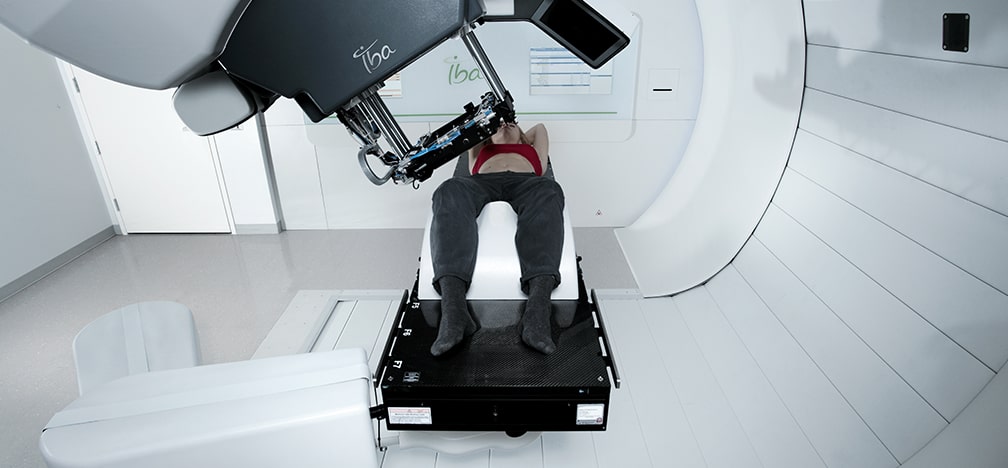
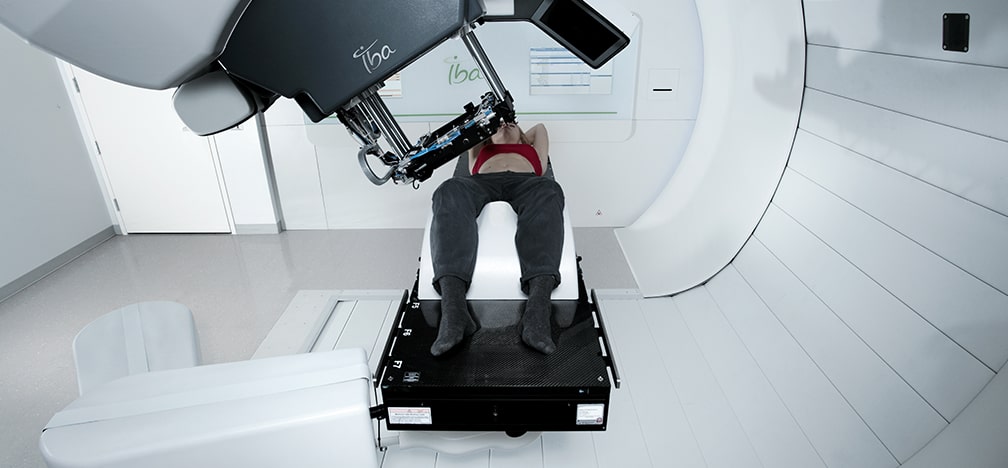
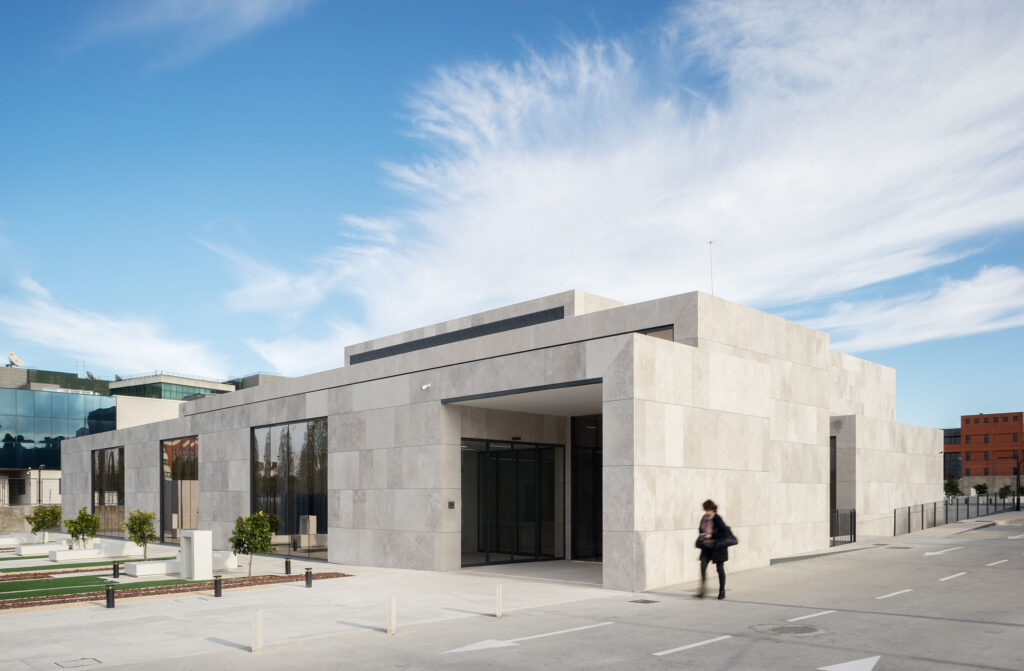
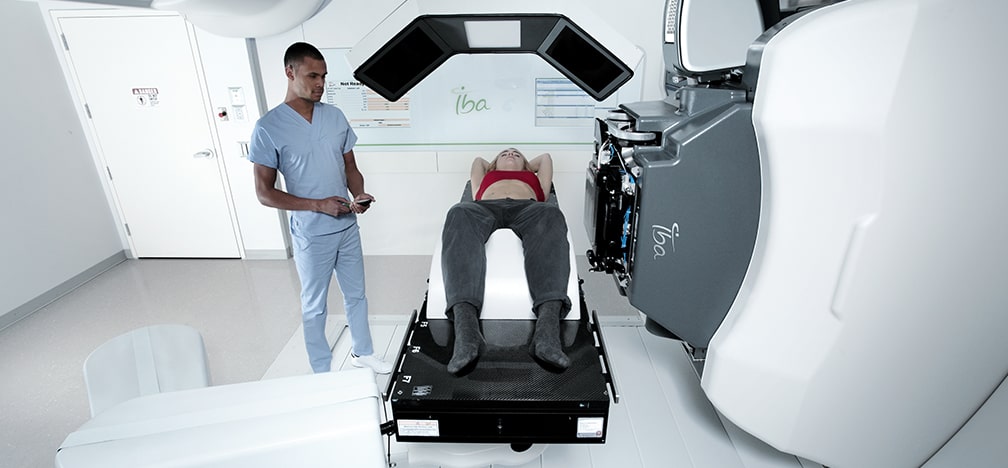
Paediatric treatment at the Quironsalud Proton Therapy Centre
Cancer treatment in children carries several risks that are not typical for adult patients. Proton therapy does not cause side effects such as developmental delay, hormonal deficiencies, or impaired bone growth. Thanks to the discovery of new treatments, the survival rate of children with some cancers has increased from 10% to 90%.
In addition, the procedure is painless.
Children who are treated often suffer from increased anxiety. To this end, Proteus One has a projector pre-installed in its device that shows soothing videos.
What types of cancer is proton therapy used for?
Proton therapy is effective against certain types of tumors, in particular:
- Head and neck cancer;
- Brain and eye tumors;
- Liver cancer;
- Lung cancer;
- Breast cancer;
- Prostate cancer;
- Bone and soft tissue cancer.
Proton therapy is particularly useful for tumors that require high doses of radiation and are located near radiation-sensitive organs: brain stem, optic nerve, spinal cord. This factor is even more important for children as their organs are still developing and are more sensitive to radiation.
Effectiveness of Proton Therapy at the Quironsalud Proton Therapy Center
- The effectiveness of proton therapy is similar or better than radiotherapy, depending on the type of cancer. At the same time, it is much safer.
- The five-year survival rate for early- or intermediate-stage prostate cancer is 99%;
- The three-year survival rate for breast cancer without metastasis was 97.2%;
- The three-year survival rate for inoperable lung cancer was 86.5%;
- The five-year survival rate for head and neck cancer was 66.8%;
- The two-year survival rate for nasopharyngeal cancer was 88.7%;
- A two-year overall survival of 94.8% was observed in nonsurgical liver cancer.

